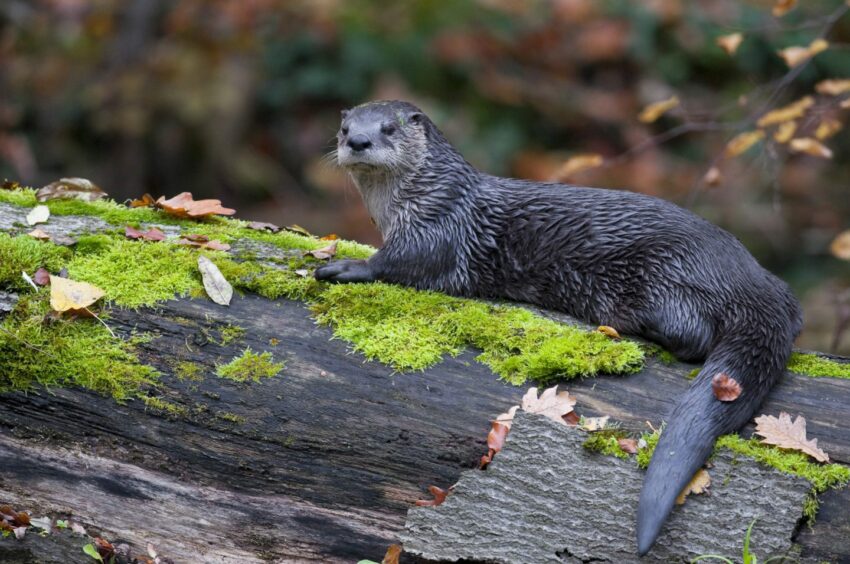Shortly before dawn and the shroud of darkness slowly lifts above the river.
The blurry-winged sparkle of a kingfisher whips a blue-frazzled streak across the water surface, but despite its cobalt beauty, my eyes are instead drawn to nearby splashes in the water.
Something large had stirred the river surface and my heart quickened. Beaver, otter or mink were all possibilities, or perhaps an unusually big trout. Then, a further flurry of rippled water and a pair of animals porpoised across the river, their backs rolling in boisterous fashion. They were otters, splashing and rolling, diving and surfacing.
I followed the animals as they splashed slowly upstream. They were clearly enjoying each other’s company, and on one occasion climbed out onto the far bank before sliding back down the muddy incline and into the water. After a short while, the otters vanished, there one second and gone the next, slipping away under the cover of the alder roots that fringed the bankside.
Buoyed by the encounter, I replayed back in my mind what I had just seen. The otters appeared small, and I guessed they were either a mother and her almost fully mature cub, or a pair of youngsters that had just embarked upon an independent life. Unlike the brief adolescence of most other mammals, otter cubs stay with their mother for about a year before eventually going their own way. However, on further reflection, I could not rule out the possibility that I had under-estimated the size of at a least one of the otters, and what I had witnessed were a pair of courting adults.
Other mammals have been capturing my attention. In a nearby wood, I have been monitoring a pair of badgers that have moved into the area for the first time. They have requisitioned a former fox den, digging it out and enlarging it to suit their needs. On viewing video clips from my trail-camera, it appears that the female – or sow – is suckling cubs. I will be keeping an eye on this sett over the coming weeks to see if any cubs emerge.
While pleased with my badger discovery, I have all but lost track of the foxes that used to traditionally use the same site for their cubs. I have scoured all likely areas of the wood, sliding on my backside down muddy slopes and crawling under the tangled roots of tumbled trees. Despite the persistence of my quest, there is no indication of an active den.
I have now decided to forego any further searches for a fox den in this wood because if there are any cubs about, they will be growing rapidly and are best left in peace.
Vixens are notoriously skittish and will abandon a den if there is even an inkling it has been compromised.
All it takes is a whiff of my scent on the ground nearby, or the crackle of twigs from my clumsy footfall. Vixens are hallmarked by caution, which is why they make such good mothers.














Conversation